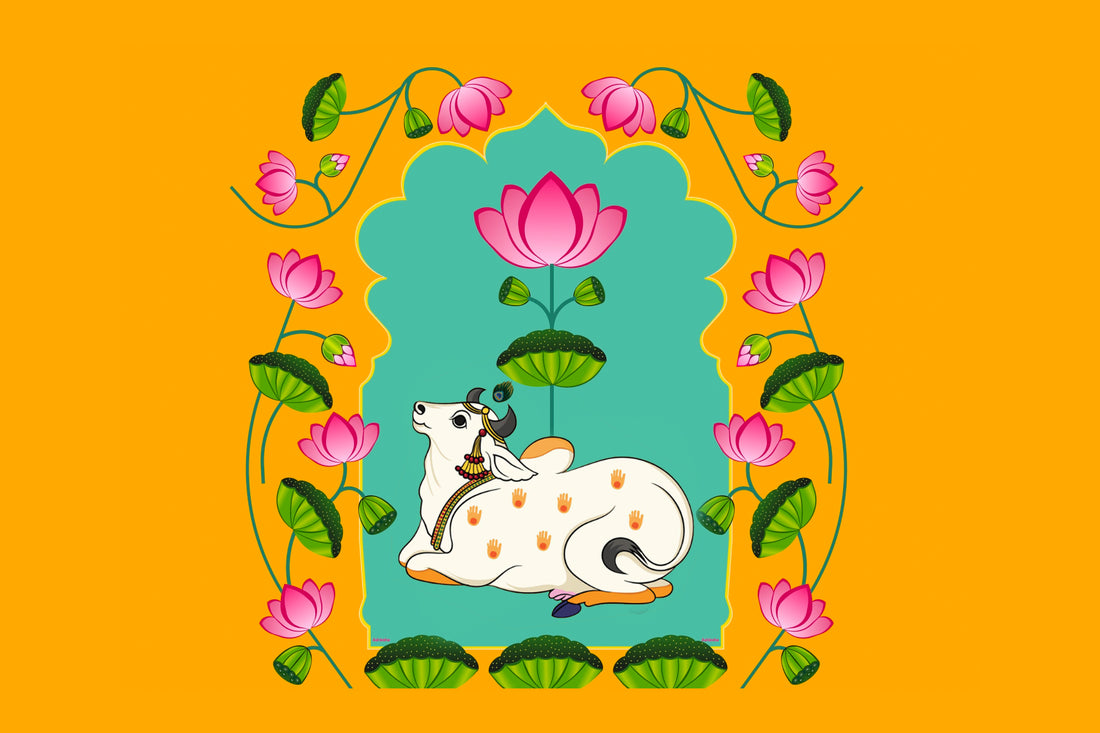Pichwai art is a traditional form of painting that originated in the town of Nathdwara near Udaipur in the state of Rajasthan, India. Pichwai paintings are highly intricate and usually depict Lord Krishna, particularly in his form as Shrinathji (a manifestation of Krishna as a child).
The term "Pichwai" literally means "at the back" in Rajasthani, as these paintings were traditionally used as decorative backdrops in the sanctums of temples dedicated to Shrinathji. Pichwai paintings are typically created on cloth or fabric using natural dyes and pigments.
The paintings often depict various aspects of Lord Krishna's life, such as his childhood leelas (divine play), raas leela (dance with gopis), and other divine episodes. They are characterized by rich and vibrant colors, intricate detailing, and a strong sense of devotion. Pichwai paintings are known for their meticulous workmanship, which involves fine brushwork and elaborate ornamentation.
Pichwai art has a significant cultural and religious significance in the Vaishnava tradition, particularly in the Pushti Marg sect, which reveres Shrinathji. These paintings are not only appreciated for their artistic beauty but also serve as objects of worship and devotion.
In recent times, Pichwai art has gained recognition beyond the temple walls and has become popular as a form of Indian folk and traditional art. It is admired by art enthusiasts and collectors worldwide for its aesthetic appeal and cultural value.


: invalid url input -->)